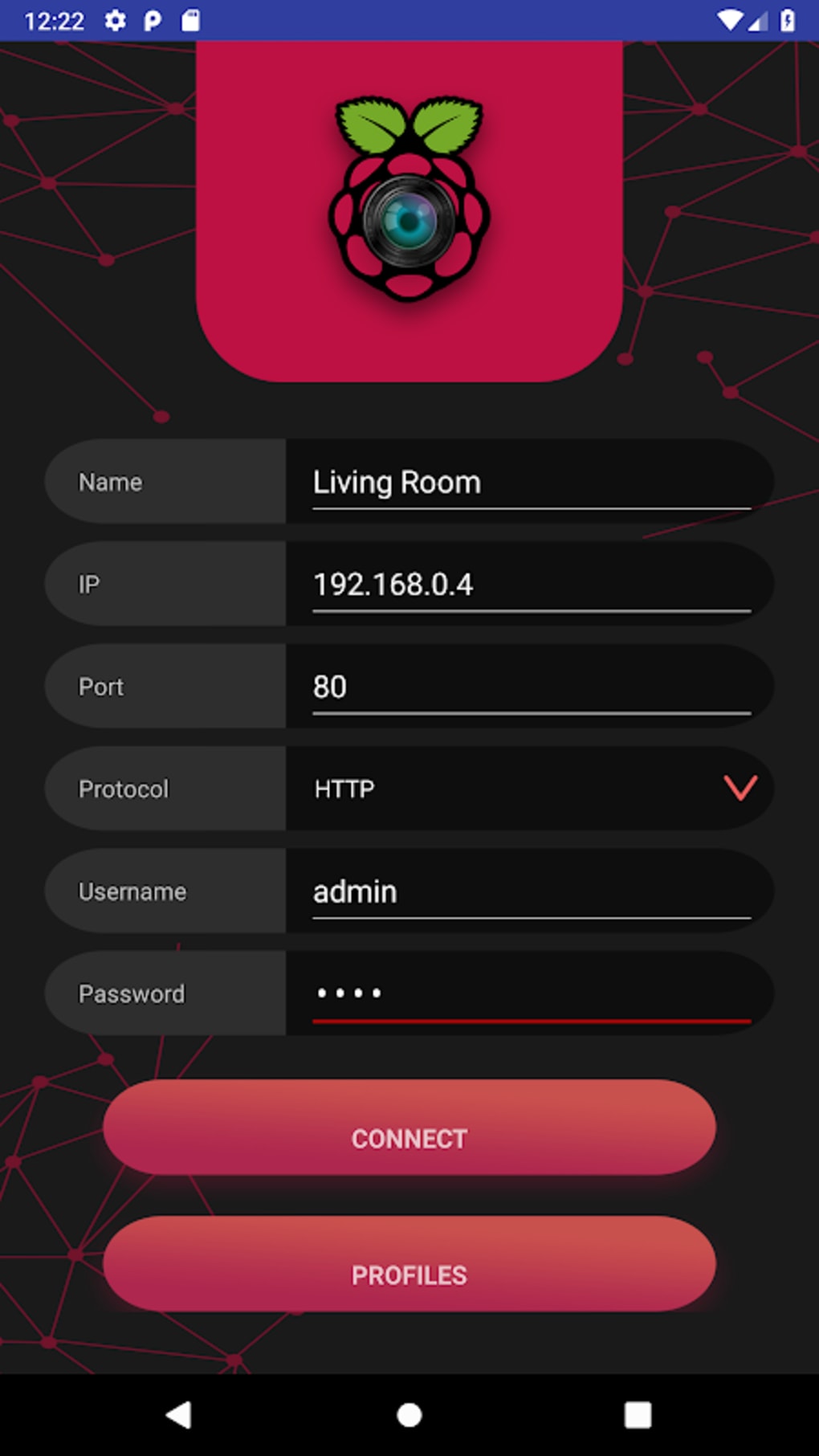As the Internet of Things (IoT) continues to expand, integrating IoT devices with cloud services has become increasingly important. Among the many options available, Amazon Web Services (AWS) stands out as a robust platform for managing and securing IoT devices. This guide focuses on securely connecting your remote IoT Raspberry Pi to AWS Virtual Private Cloud (VPC) for free, offering a comprehensive step-by-step approach.
By leveraging AWS VPC, you can create a secure and isolated network environment for your IoT devices. This not only enhances security but also provides greater control over how your devices interact with each other and the broader internet. Whether you're a beginner or an experienced developer, this guide will walk you through the necessary steps to establish a secure connection between your Raspberry Pi and AWS VPC.
Setting Up Your Raspberry Pi for Secure Connection
Before diving into the specifics of connecting your Raspberry Pi to AWS VPC, it's essential to prepare your device properly. Start by ensuring your Raspberry Pi is updated with the latest software and firmware. This includes updating the operating system, installing any necessary drivers, and configuring basic security settings such as setting up strong passwords and enabling a firewall.
Additionally, consider using SSH (Secure Shell) for remote access. SSH provides encrypted communication between your local machine and the Raspberry Pi, enhancing security. You can configure SSH access by editing the SSH configuration file and ensuring that only authorized users can connect to your device.
Once your Raspberry Pi is set up, it's time to move on to the AWS side of things. This involves creating an AWS account if you don't already have one and setting up the necessary infrastructure within AWS VPC.
Creating and Configuring an AWS VPC
AWS VPC allows you to define a virtual network specifically tailored for your IoT devices. Begin by navigating to the AWS Management Console and selecting the VPC service. From there, create a new VPC by specifying the IPv4 CIDR block that will encompass all your devices' IP addresses.
After creating the VPC, set up subnets to divide your network into smaller segments. This improves manageability and security by isolating different types of devices or applications. Additionally, configure route tables to determine how traffic flows within your VPC and between your VPC and the internet.
Security groups and network access control lists (ACLs) are crucial components of your VPC setup. Use security groups to define which inbound and outbound traffic is allowed for each device, and use network ACLs for an extra layer of protection by controlling traffic at the subnet level.
Connecting Raspberry Pi to AWS VPC
With both your Raspberry Pi and AWS VPC ready, the next step is establishing a secure connection between them. This involves configuring SSH access from your Raspberry Pi to AWS instances within the VPC. To do this, ensure that the security group associated with your VPC allows SSH traffic from your Raspberry Pi's IP address.
You can also enhance security by using key pairs instead of passwords for authentication. Generate an SSH key pair and upload the public key to your AWS instance. Then, use the private key on your Raspberry Pi to authenticate when connecting via SSH.
Finally, test the connection by logging into your AWS instance from your Raspberry Pi using SSH. If everything is configured correctly, you should be able to access your instance securely without any issues. This secure connection forms the foundation for deploying and managing your IoT projects in the cloud.

